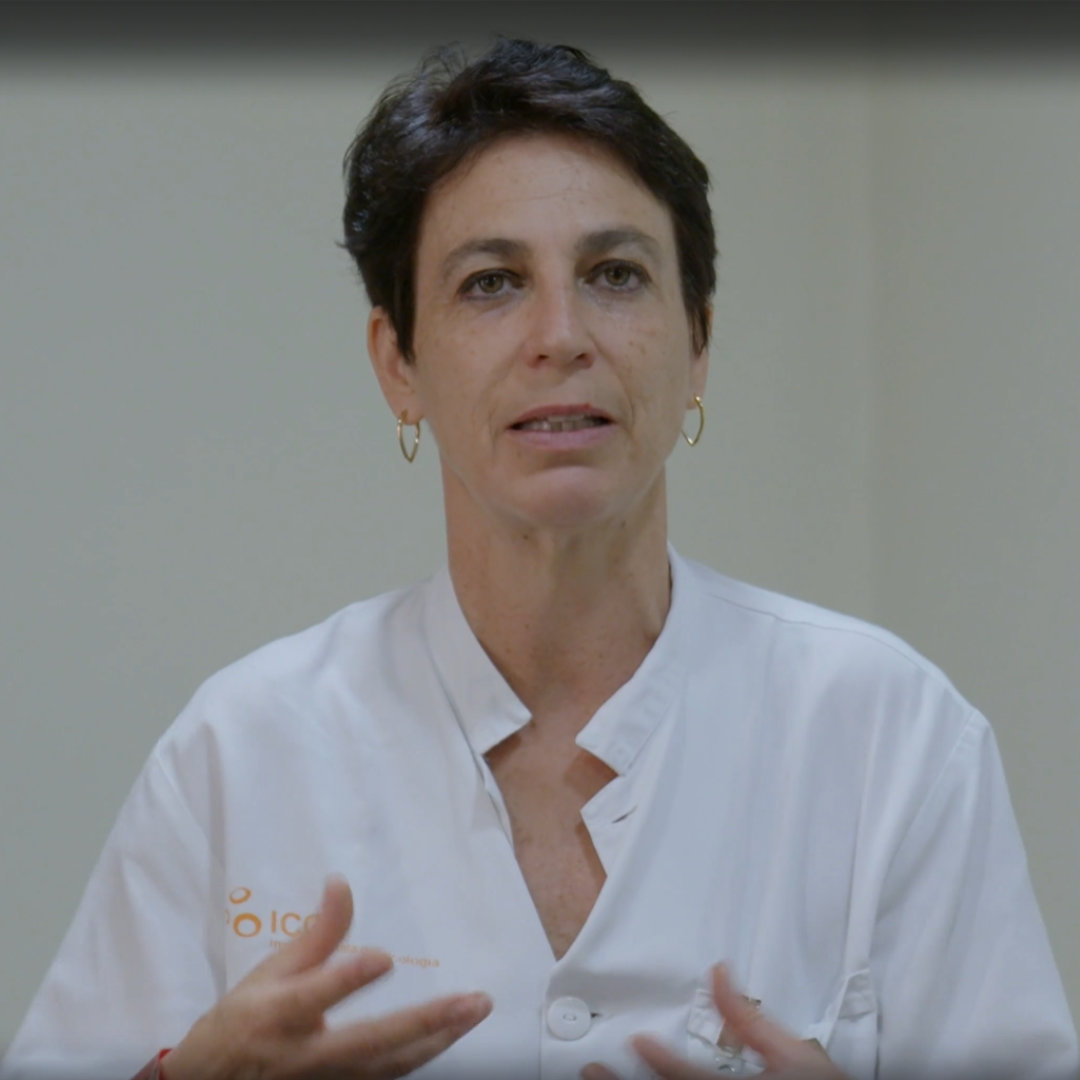
Brachytherapy vs. other forms of radiation treatment
Healthcare Perspective
Dr Gutierrez
Dr. Gutierrez of Hospital Duran i Reynals in Barcelona tells us how she encourages resident physicians to consider brachytherapy as a subspecialty for their career as future oncologists. She explains what brachytherapy is, what the advantages of this internal radiation therapy are compared to other radiation treatments (like external beam radiation), and most importantly how brachytherapy can preserve tissue and function.

What is brachytherapy treatment?
Brachytherapy, also known as internal radiation therapy, is a form of radiation therapy used in cancer treatments. Contrary to other cancer treatments, the therapy involves surgically placing radioactive materials (radioactive seeds, capsules, or other implants) inside the body, near the cancer cells.
In temporary brachytherapy, the radioactive source is removed at the end of each treatment session. In permanent brachytherapy, the seeds are left in place to gradually decay. They slowly release small amounts of radiation over weeks or months. They will eventually stop releasing radiation, but they will not be removed.

What are the different types of brachytherapy treatment?
There are three types of brachytherapy, depending on the type of cancer to treat, and the patient's medical history.
- Low dose rate brachytherapy (LDR): This type of brachytherapy involves implanting a radioactive source inside or near the tumor, which gives off low doses of radiation over a period of time, usually several weeks.
- High dose rate brachytherapy (HDR): This type of brachytherapy involves a higher dose of radioactive materials delivered in a short period of time. It may involve placing a radioactive source close to the tumor and then quickly moving it away after a few minutes. It is known as temporary brachytherapy. This allows for high doses of radiation to be delivered to the cancer cells while minimizing the radiation exposure and potential side effects to surrounding healthy tissue.
- Interstitial Brachytherapy: This type of brachytherapy involves inserting a radiation source directly into the tumor or nearby tissue. This can be used to treat tumors that are hard to reach or too close to important organs.
- Intracavitary Brachytherapy: This type of brachytherapy involves placing a radioactive source inside a body cavity such as the uterus or bladder.
The benefits of brachytherapy
Brachytherapy is a highly precise form of radiotherapy that can be performed on an outpatient basis - avoiding the need for hospital overnight stay. It is a minimally invasive procedure that usually requires shorter treatment times than external beam radiation therapy with fewer side effects, thus a quicker recovery time.
How does brachytherapy help preserve organs and functions?
For some types of cancer (such as the head and neck), the preservation of organs and their function is a critical factor in assessing treatment options. Functional outcome is especially significant when considering an alternative cancer treatment that has similar oncological outcomes. Brachytherapy is a radiation therapy to treat cancer that precisely targets the cancerous tissue with a high dose of radiation to a very localized and specific area while safeguarding nearby healthy tissue from radiation. This technique enables the radiation to be delivered straight to the affected region and minimizes the amount of radiation exposure to the healthy organs and tissue, thereby preserving them and their function.
For example, brachytherapy can be used to treat early-stage prostate cancer while preserving the bladder and rectum. The radiation is delivered directly to the prostate with the help of a device, such as a balloon catheter or seeds, which are placed in the prostate. This allows for a high dose of radiation to be delivered to the prostate while sparing the surrounding organs and tissues.
Brachytherapy can also be used to treat early-stage cervical cancer. In this situation, the radiation is delivered directly to the cervix using a device, such as a balloon catheter or needles. This helps to minimize the damage to the surrounding organs, such as the bladder and rectum while delivering a high dose of radiation to the cancerous cells.
Brachytherapy can also be used to kill cancer cells in hard-to-reach areas, making it a more precise and effective form of treatment.
What types of cancer can brachytherapy treat?
Learn more about the advantages of brachytherapy and the type of cancer that can be treated with brachytherapy by visiting: https://aboutbrachytherapy.com/information/
